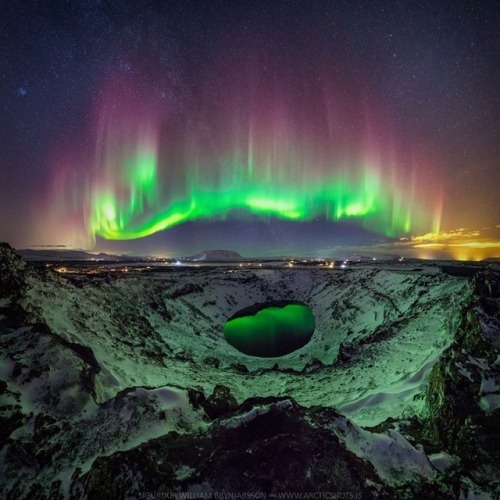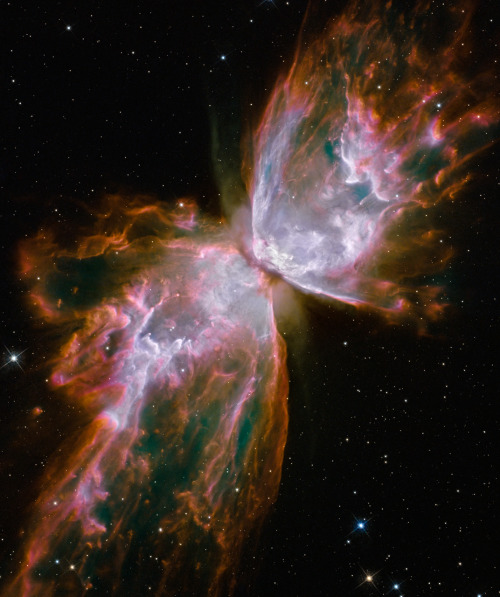spacesceneofficial-blog
Bringing together all things astronomy! | www.telescopescene.com
87 posts
Latest Posts by spacesceneofficial-blog

Here is the Cat’s Eye Nebula (aka NGC 6543) taken from Hubble. It is one of the most complex planetary nebulae ever seen. Planetary nebulae form when Sun-like stars gently eject their outer gaseous layers, creating amazing and confounding shapes as seen in the image.
Space Scene

The Sombrero Galaxy is one of the most unusual looking barred spiral galaxies visible from Earth. Its bright nucleus, large central bulge and spiral arms threaded through with a thick dust lane make it look a little like a hat from Mexico. The dust lane is a ring that circles the bulge of the galaxy, and it is rich with gas, dust, and hydrogen gas. Source: Space-Facts.
Space Scene

The Lagoon Nebula (catalogued as Messier 8 or M8, NGC 6523, Sharpless 25, RCW 146, and Gum 72) is a giant interstellar cloud in the constellation Sagittarius. It is classified as an emission nebula and as an H II region.
Space Scene

Once upon a time, Mars had lakes, or at least wetter conditions than it does today. The latest from NASA’s Curiosity Mars rover shows slabs of rock cross-hatched with shallow ridges that likely originated as cracks in drying mud, evidence of an ancient era when these sediments were deposited were.
Space Scene

Europa is the smallest of the four Galilean moons orbiting Jupiter, and the sixth-closest to the planet. It is also the sixth-largest moon in the Solar System. The image shows the stunning diversity of Europa’s surface geology. Long, linear cracks and ridges crisscross the surface, interrupted by regions of disrupted terrain where the surface ice crust has been broken up and re-frozen into new patterns.
Space Scene

Ceres, the largest asteroid in the asteroid belt, joins the moon and Mercury as the only known airless worlds with frozen water on the surface.
Space Scene























